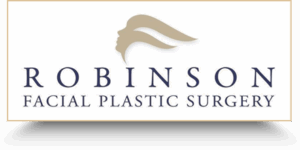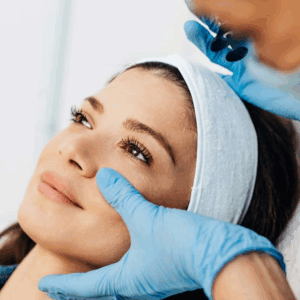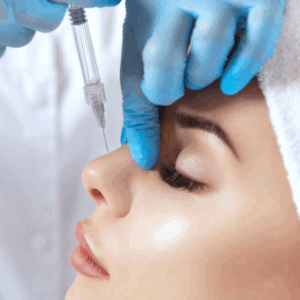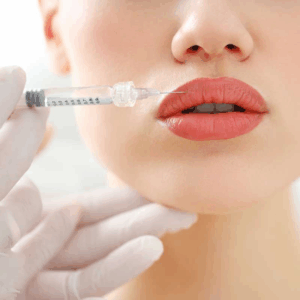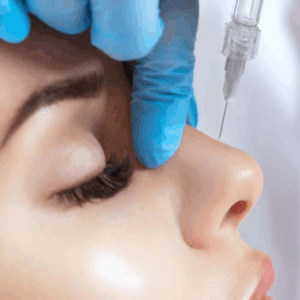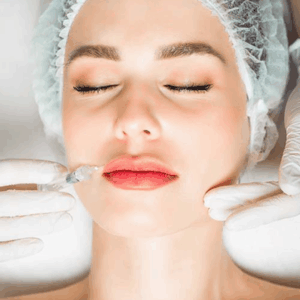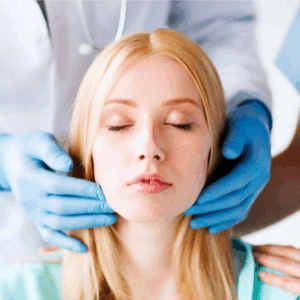- 949-831-5900
ACTINIC KERATOSIS TREATMENT
Actinic Keratosis Treatment Aliso Viejo
When to Consider Actinic Keratosis Treatment
If you spend a lot of time outdoors or have fair skin, you may notice rough, scaly patches developing on areas frequently exposed to the sun — such as your face, ears, scalp, or hands. These lesions, known as Actinic Keratoses (AKs), are common precancerous skin growths caused by long-term sun exposure.
While AKs are not skin cancer, they can develop into squamous cell carcinoma if left untreated. That’s why it’s essential to address them early with professional care. Modern Actinic Keratosis treatments effectively remove these lesions, restore smoother skin, and reduce your risk of progression to skin cancer.
What Is Actinic Keratosis?
Actinic Keratosis is a rough, scaly patch on the skin caused by years of UV exposure. These spots often appear on the face, scalp, lips, neck, forearms, and hands — areas most often exposed to sunlight.
They may feel dry, crusty, or sandpaper-like, and sometimes cause mild discomfort or itching. Because AKs are considered precancerous, timely diagnosis and treatment are critical for maintaining healthy skin and preventing more serious conditions.
What to Expect During Treatment
Most Actinic Keratosis treatments are performed in-office and require minimal downtime. Cryotherapy and photodynamic therapy typically take 15 to 30 minutes, while topical treatments are applied at home over several weeks.
You may experience mild redness, peeling, or temporary discomfort after treatment all signs that your skin is healing. Following your dermatologist’s aftercare instructions and practicing good sun protection will help ensure the best results.
Recovery and Results
Healing times vary depending on the type of treatment. Cryotherapy and PDT sites generally heal within one to two weeks, while topical medication regimens can take several weeks to complete.
Once the healing process is finished, your skin will look clearer, smoother, and healthier. Regular follow-up visits are essential to monitor for new lesions, as Actinic Keratosis can recur with continued sun exposure.
The Benefits of Actinic Keratosis Treatment
Prevents Skin Cancer: Early treatment helps stop AKs from developing into squamous cell carcinoma.
Improves Skin Texture: Removes rough, scaly patches for smoother skin.
Restores Confidence: Helps you feel more comfortable in your own skin.
Minimally Invasive: Most treatments are quick, safe, and require little to no downtime.
Comprehensive Care: Can treat individual lesions or multiple areas of sun damage.
Is Actinic Keratosis Treatment Right for You?
You may be an excellent candidate if you have:
Persistent rough, scaly, or crusty spots on sun-exposed areas
Fair skin and a history of significant sun exposure
A weakened immune system or prior skin cancer diagnosis
A desire to prevent future complications and improve skin health
Your dermatologist will determine the best course of treatment based on your skin condition, lifestyle, and medical history.
Protecting Your Skin After Treatment
Preventing future AKs is just as important as treating existing ones. Here are a few key tips:
Apply broad-spectrum sunscreen (SPF 30 or higher) daily.
Wear protective clothing and wide-brimmed hats outdoors.
Avoid peak sun hours (10 a.m.–4 p.m.).
Schedule regular skin checks with your dermatologist.
Consistent sun protection can greatly reduce your risk of recurrence and keep your skin healthy for years to come.
Restore and Protect Your Skin
If you’re noticing dry, scaly patches or sun-damaged skin, don’t wait for them to worsen. Actinic Keratosis treatment is quick, effective, and can safeguard your long-term skin health. Schedule your consultation today to learn which treatment option is right for you.
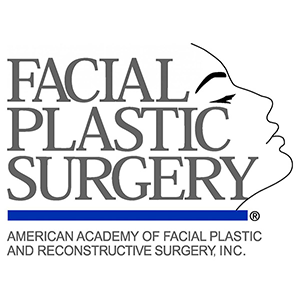
This website does not contain medical advice and the use of this website does not create a physician/patient relationship between you and Robinson Facial Plastic Surgery. The photographs of models displayed on this web site are for decorative purposes only. See before & after photos for possible results.
Quick Links
About Us
Surgical Procedures
Non-Surgical Procedures
Privacy Policy
Sitemap
Terms of Use
HIPAA Privacy Notice
Contact Us
Robinson Facial Plastic Surgery
- Phone : (949) 831- 5900
- Email : info@drface.com
- Address : 24541 Pacific Park Drive | Suite 103 Aliso Viejo, CA 92656
- Country : United States
Pacific Hills Surgery Center
- Phone : 949.458.3551
- Email : info@drface.com
- Address : 24022 Calle De La Plata Laguna Hills, CA 92653-3626
- Country : United States
- Copyright 2025 Drface
- Power by Technijian
